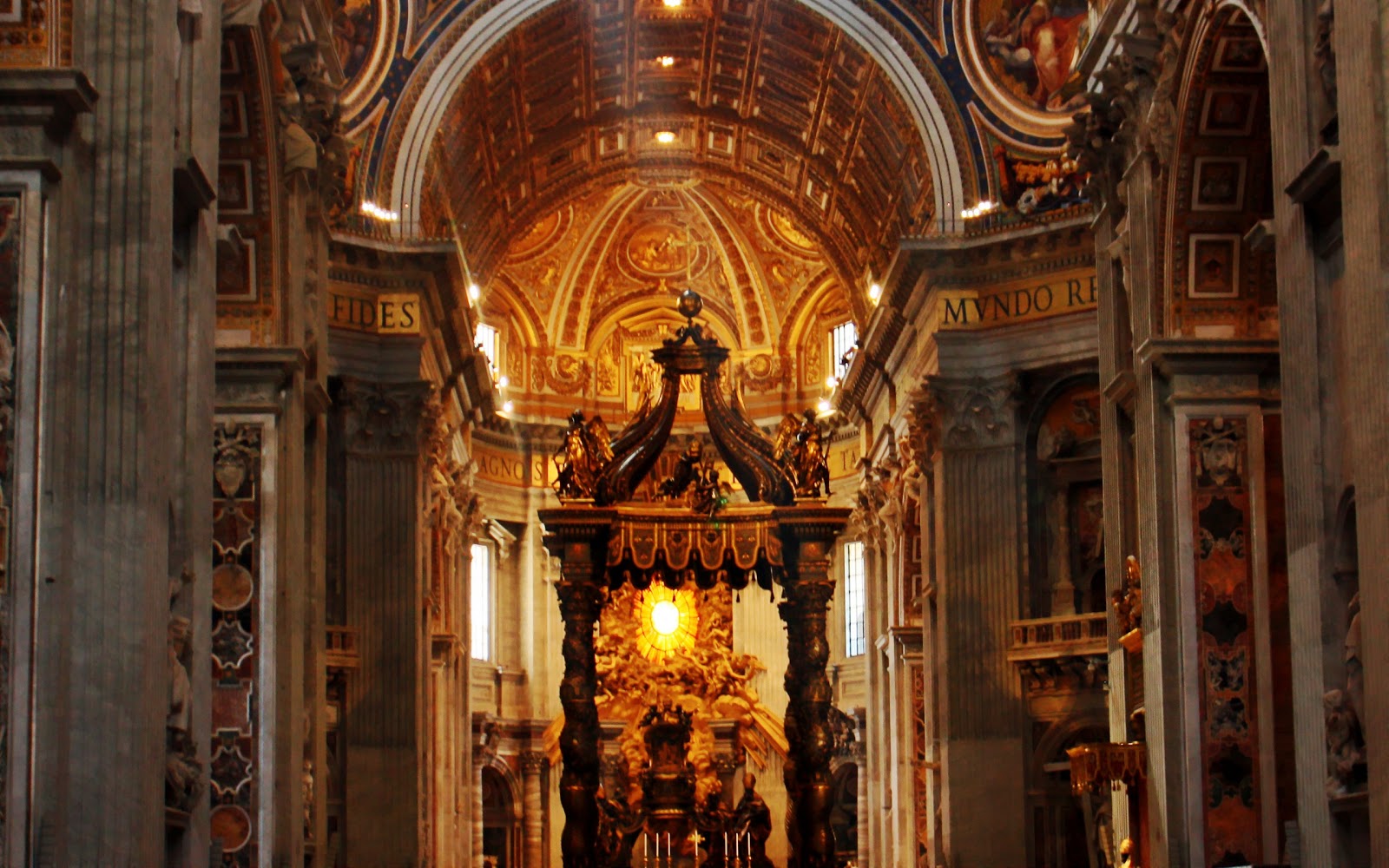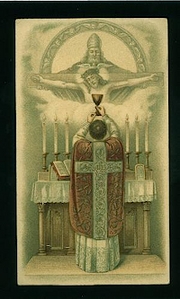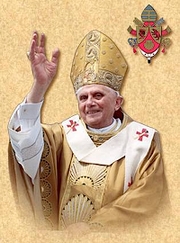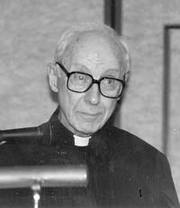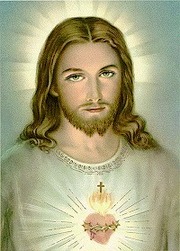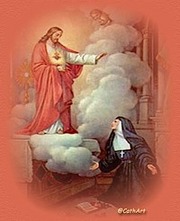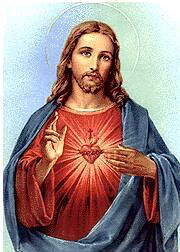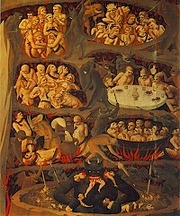ABOMINATION OF COMMUNION IN THE HAND AND THE NOVUS ORDO
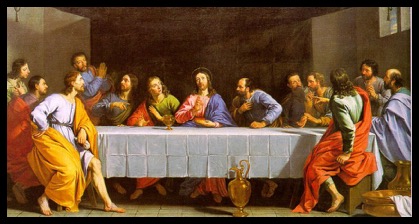
**A couple of changes to take note of--(1) you can now leave a comment; (2) news feeds have been updated.
One of the classic truths of rubrics that is so easily discernible in the "Missa Latina Tridentina" (Tridentine Mass) is the utter sacredness of touch with respect to the Most Holy Eucharist--a truth, which has been unfortunately lost in the "Novus Ordo Missae" (New Mass). The sacredness of touch of the Eucharist has been ignored, forgotten, and overlooked in the creation and progression of the "Novus Ordo Missae" in the last forty years. The respect which is due to the Eucharist and the sacred and holy can be obviously and easily comprehended from even the most cursory reading of Sacred Scriptures.
From scripture we observe that no one could approach holy things in the Old Testament (the ark), likewise no one could touch our Lord if they were not completely spiritually clean–or at least intended to be so. And even with respect to a person who was spiritually clean, such divine privilege to even approach was still disallowed from lack of hierarchical status (Mary Magdalen & the Syro-Phoenician woman).
Why is such a significant consideration ignored today? Is it a totally culpable ignorance of Our Divine Lord’s teachings or is it a blatant refusal to obey both these teachings and the Church’s rubrics for centuries?
This endemic spirit of disobedience since Vatican II regarding the sacredness of Holy Touch has become emblematic of the entire "Novus Ordo Missae". The rites of the new mass, the philosophy behind them, and the entire "spirit" of Vatican II are inextricably related to the sinful disrespect of taking tactile advantage of the Lord’s Sacred Presence in this world, whether Eucharistic or otherwise. And St. Paul warned vehemently against this very same disrespect: "Therefore, whosoever shall eat this bread, or drink the chalice of the Lord unworthily, shall be guilty of the Body and of the Blood of the Lord."
The reckless abuse, disrespect, and sacrilege of the Holy Eucharist is demonstra bly clear in any "Novus Ordo Missae" parish. This can most apparently be seen in the abusive handling of the Eucharist by clergy in giving communion in the hand. The violation of Sacred Touch is also seen by the use of so many so-called extraordinary ministers of the Eucharist and the vulgar boldness of the laity in receiving the Sacred Body of Christ in their hands as though it were common bread and not the celestial bread from heaven.
Moreover, the failure of priests, bishops, and even popes to use patens in the "Novus Ordo Missae" communion distribution causes an infinite amount of scandalous and incalculable harm to the Most Sacred Species with particles dropped on the floor along with droplets of the Sacred Blood of Christ that are casually walked upon by millions and millions of Catholics in Churches. This is sacrilege in its most careless, voluminous, and horrendous form.
Years ago "Novus Ordo Missae" Churches also abandoned the use of communion cloths and communion rails. The loss of Communion rails was a major tragedy since they separated the "common ground" of the church from the sanctuary. The communion rails also separated the clergy from the laity. These separations fostered and encouraged reverence for the Eucharist. Over the years these changes have proved to be egregious errors and have diminished the holy stature of Catholics in receiving Our Lord’s precious Body and Blood.
Nevertheless, if one makes even a casual perusal of Sacred Scriptures, he will, undoubtedly, see sufficient examples of the proper way to approach the Most Holy Eucharist and to receive it as Our Divine Teacher demonstrated to His apostles.
There is simply no excuse for the cavalier and frivolous attitude of today’s Catholic laity toward the Most Holy Eucharist notwithstanding the clergy and the hierarchy who continue to use glass vessels instead of gold for the Sacred Species, and who also fail to clean up dropped particles of the Eucharist during Mass or Communion, and who allow the laity to take Communion from the Church in pyxes for inexplicable reasons that continue to violate the General Instructions of the Roman Missal.
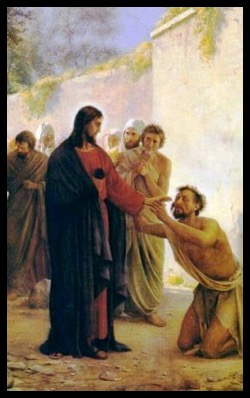
We can see Our Lord’s expectations regarding the propriety and respect of divine touch in the just the proper way that 5000 people received even the secular and mundane bread of this world which He shared with His children who were hungry. He told the apostles to divide his followers into groups of 50 and to have them recline on the grass as was the custom in ancient Israel. The 12 year old boy who had the 5 loaves and 2 fishes came to Our Lord who blessed them. Even here after the bread and fishes had been blessed, only the apostles were the designated distributors of the food.
It is not difficult to deduce from this gospel account how a particular rubric of respect was utilized out of deference to Our Lord despite the fact that it was mere sustenance for the body. Spiritually here, we must not overlook that this was the infant Church that Our Divine Master was forming, even though this may have ostensibly been a feeding of the body, it was much more because Our Lor d had been instructing and preparing this faithful and eager multitude for three days intensely in basic Christian catechesis of moral and theological truths.
In His infinite kindness our Lord fed the souls of these faithful followers first with doctrinal and catechetical truths and then with food for their bodies. This was a foreshadowing of His Institution of the Most Holy Eucharist just before His Passion, nevertheless this heavenly protocol and precedence was established for us to observe and follow.
One should not doubt that such prudence of Christ's ‘modus operandi’ was absent at the Last Supper. In the Upper Room Our Divine Savior taught His Apostles of His coming Passion and Death which was about to unfold. He did this before He actually made His Precious Body and Blood wholly visible in His first Sacrifice of the Mass.
Our Lord constantly set before His Apostles and disciples the delicate and intimate arrangement of orthodoxy and orthopraxy as His basic methodology of teaching and learning about Him and His One true faith. In fact, so connected are orthodoxy and orthopraxy with one another that Our Divine Teacher wanted all His children to see this so much that He literally united them as one in Himself, a unification that must never be ignored or dismissed if one is a true follower of Jesus Christ.
This inseparable unity is so gloriously evident when He stated absolutely that orthodoxy has no meaning without orthopraxy and vice versa as he instructed His apostles and disciples on the Eucharist regarding His Passion, Death, and Resurrection, saying: "Unless you eat My Flesh and drink My Blood, you have no life in you."
In other words orthodoxy has no meaning unless it is put into practice. So succinctly does this Latin phrase capture this truth: "Lex credendi est lex orandi." If one believes in Jesus Christ, he must eat His Flesh and drink His Blood to authenticate his belief in Him. Otherwise one’s faith is false, untrue and illegitimate.
Nothing gives veracity or authenticity to one’s belief in God and Jesus Christ save a legitimate profession of this faith in the reception of the Most Holy Eucharist. All of the false religions of the world and the rest of the so-called forms of Christianity fail in this regard because they lack the True Body and Blood, Soul and Divinity of Jesus Christ in the Catholic Church, which alone fulfills Our Lords command that authentic orthodox teaching about Christ can only come true if it is accompanied by true orthopraxy on the Holy Eucharist. Thus the habitual errors of all Protestantism and its millions and millions of adherents become so obvious.
What does this mean? Not only that the Church’s teachings must be tenaciously orthodox in doctrine and beliefs but also the Church’s rubrics on all things liturgical must be equally true, sacred and fully orthodox in what they broadcast.
If we now review in retr ospect why millions of laity and clergy have gone astray in the "Novus Ordo Missae" rite since its inception under Pope Paul VI, we shall see that the convoluted orthodoxy of the "Novus Ordo Missae" itself, stemming from the liberal theology of Vatican II, as well as its failure to encourage a consistent reverence and uniformity of rubrics in keeping with the Church’s orthodox traditions and teachings, has been the sole cause of this unending crisis in the Post Vatican II Catholic Church to this very day.
This becomes even more glaringly obvious since Pope Benedict XVI’s brilliant promulgation of "Summorum Pontificum" and its dissemination in the Universal Church as the one truly orthodox liturgy of the centuries.
This combining of authentic orthodoxy with equally legitimate orthopraxy in the "Missa Latina Tridentina", highlights so magnificently this enormous post Vatican II dilemma of the Latin Rite.
–to be continued–
J Hughes Dunphy







